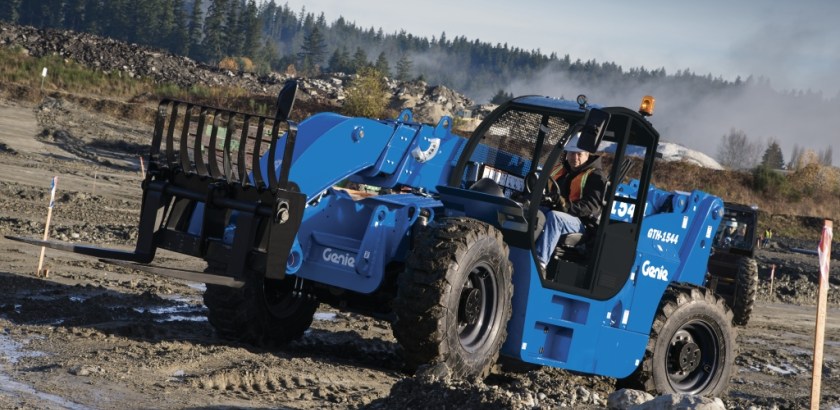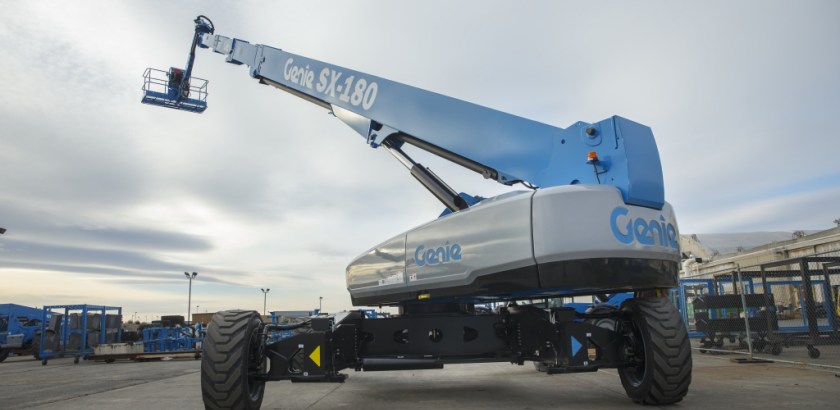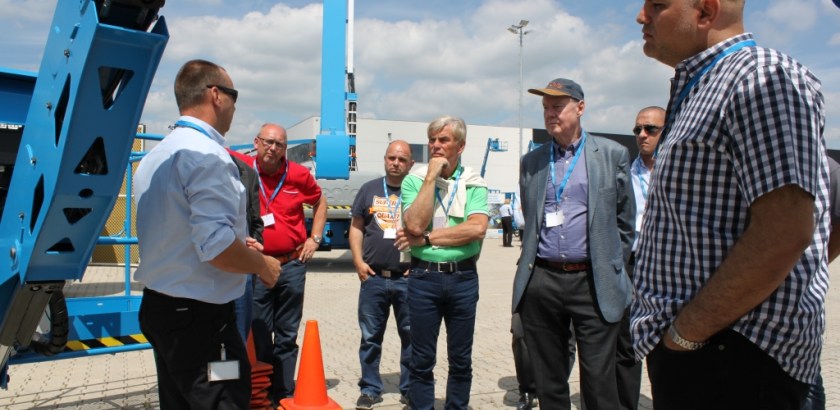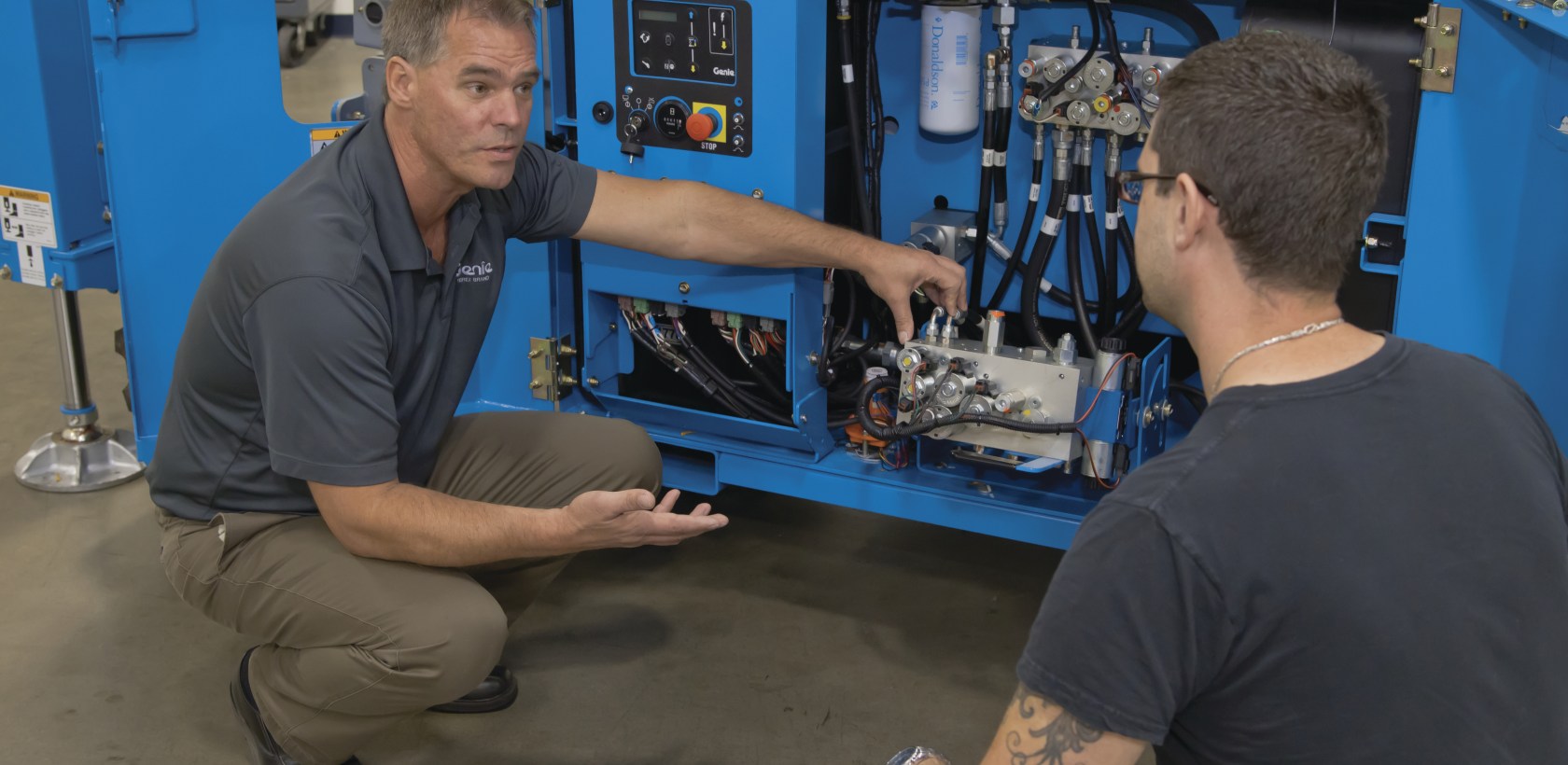OSHA Set to Increase Fines, Inspections – How Does It Affect Your Rental Business?
by Jason Berry - Product Safety ManagerSr. Product Safety Manager On Jul 27, 2017, 03:00 AM
Subscribe To Aerial Pros
Filter by tags
For the first time in 25 years, fines levied by the Occupational Safety and Health Administration (OSHA) will increase, under a provision in the new budget deal President Obama signed into law on November 2, 2015. Since the Federal Civil Penalties Inflation Adjustment Act of 1990, OSHA was exempted from increasing its penalties to account for inflation. An amendment in the recently signed law strikes the exemption.
Here is an excerpt from the newly amended law:
“The Department also supports increasing civil monetary penalties for violations of the OSH Act. Civil monetary penalties are an important part of the enforcement process; however, the penalties for violations of the OSH Act are widely regarded as too low to create an effective or credible deterrent to noncompliance. The penalties have been raised only once in the 40 years since the Act was passed – more than two decades ago. Moreover, the OSH Act is one of only four statutes not covered by the Federal Civil Penalties Inflation Adjustment Act, which provides a mechanism to increase fixed penalties under all other statutes regularly to keep pace with inflation. The inadequacy of OSH Act penalties can be seen most starkly in the context of the most egregious cases. For example, after a tank full of sulfuric acid exploded, the company responsible received a penalty for polluting that was almost 60 times greater than the OSH Act penalty for the death of a worker that resulted from the same incident. The penalties for labor law violations are so low that unscrupulous employers treat them as the cost of doing business, and employers who play by the rules are put at a competitive disadvantage.”
In addition to the penalties increase, the new law also states: “Additional to the increase in fines is that OSHA is planning on increasing the number of inspections.”
 Simply, this new law allows OSHA to increase its penalties to account for current inflation levels — which would raise proposed fines by about 80 percent. For example, this means that the maximum penalty for a willful violation would rise from $70,000 to around $127,000. Adjustments must take place before Aug. 1, 2016, and in upcoming years, OSHA will also be allowed to make additional adjustments to its penalty levels based on inflation.
Simply, this new law allows OSHA to increase its penalties to account for current inflation levels — which would raise proposed fines by about 80 percent. For example, this means that the maximum penalty for a willful violation would rise from $70,000 to around $127,000. Adjustments must take place before Aug. 1, 2016, and in upcoming years, OSHA will also be allowed to make additional adjustments to its penalty levels based on inflation.
Also under the new law, OSHA will be conducting more inspections to identify violations of its policies and impose the new fines. With an 80 percent increase in the penalties, the fine for even a small violation becomes very costly. And in some cases, the cost of paying the fine could be significantly greater than the cost of adhering to OSHA’s policies.
Training is a perfect example of this: Under OSHA’s policies, as a rental store owner you are responsible for training your employees on safe work practices and procedures. If you do not invest the time and resources to complete that training to OSHA’s standards, the increased penalties you’ll be fined when discovered through an OSHA inspection will be exponentially more than the original cost of training — because you will not only have to pay the fines but will also have to complete the training in a determined amount of time. It’s not only a good idea from a safety perspective, but it is also much cheaper to be proactive and complete the training and be in compliance with OSHA.
With this new law already in effect, we encourage you to review your training practices as soon as possible to identify where you may be out of compliance.
And if you are out of compliance, Genie can help quickly and cost-effectively. For example, our Genie® Lift Pro™ Online Operator Training Courses, delivered through a web-based platform, incorporate current adult learning theory and consist of detailed graphics, narration, video and a variety of quizzes that provide a rich and interactive learning environment for the trainee. At the end of the training program, there is an exam to verify knowledge retention. Upon passing the exam, a certificate of completion is presented as proof of training in preparation for the hands-on portion. After completing the online training, the trainee must receive hands-on familiarization from a qualified person to complete the training process and become a qualified operator. Participants who successfully complete the program will receive a certificate of completion. Genie Lift Pro courses meet all applicable ANSI, OSHA and CSA requirements for operator training.
Related Posts

What You Need to Know About the ANSI/ITSDF B56.6 Revision
In May 2016, the US safety standard for Rough Terrain Forklifts, ANSI/ITSDF B56.6, was revised.
Continue Reading

Big Changes Coming to ANSI A92 Standards
Tier 4 final emissions standards have already driven large disruptions in aerial rental, but pending changes to the ANSI A92/CSA B354 standards series* (which covers all North American aerials), be on the lookout for these standards to have an even greater impact in the years to come.
Continue Reading

Evolution of Aerial Safety and Training Programs
When I started working in a rental yard on aerial equipment in May of 1976, today’s training and safety programs didn’t exist yet because the industry wasn't very big at the time.
Continue Reading


